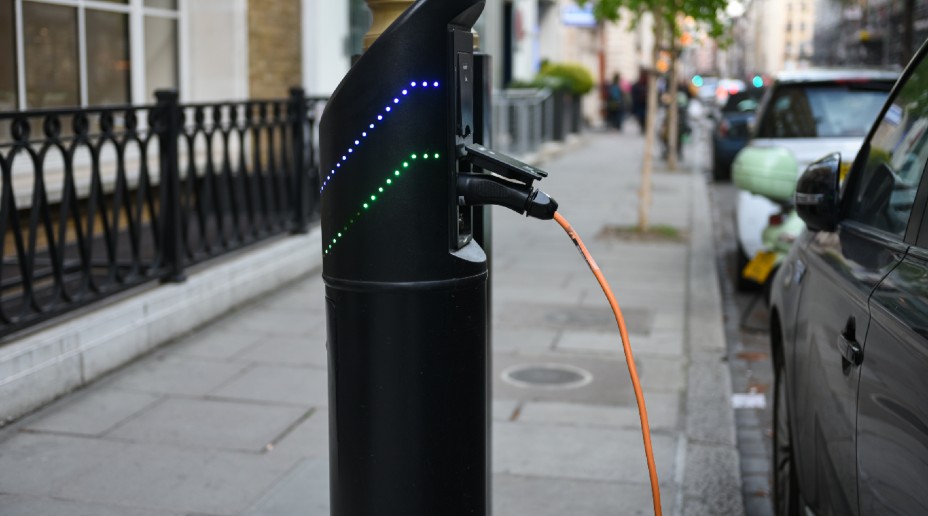According to statistics from the Royal Society for the Prevention of Accidents (RoSPA), driver fatigue is likely to be a contributory factor in one in five road traffic accidents and up to a quarter of fatal and serious accidents.[1] As the sleeping driver cannot brake or swerve to avoid or reduce the impact, these types of crashes are around 50% more likely to result in death or serious injury.
What’s more, up to 40% of sleep-related accidents involve commercial vehicles with around 150 people killed or seriously injured every week in crashes involving someone who was driving for work. Across the board, men are more likely to cause sleep-related crashes, with RoSPA estimating they’re involved in 85% of these types of accident.
The risk increases at certain times of the day too. Accidents are more likely between the hours of 2am and 6am but also between 2pm and 4pm, especially after eating or having an alcoholic drink.

What might it cost?
Custodial sentence
As well as the risk of causing an accident, falling asleep while driving can also land you a fine, a driving ban and, in some situations, even a prison sentence.
If you kill someone while driving, tiredness is not a defence. Instead you could find yourself charged with causing death by dangerous or careless driving.
Both of these offences carry tough penalties. Unless there are exceptional circumstances, a custodial sentence of between two and fourteen years will be given out for death by dangerous driving; while the maximum penalty for death by careless driving is five years’ imprisonment. A third offence – causing serious injury by dangerous driving – carries a maximum custodial sentence of five years.
The government has also committed to increasing these penalties. Following a consultation in 2017, it announced that the maximum penalty for death by dangerous driving would increase to life imprisonment, in line with other serious offences such as manslaughter.
It also intends to introduce a new offence – causing serious injury by careless driving – which will carry a maximum custodial sentence of three years.
Financial penalties
Ensuring the UK’s roads are safe means the Driver and Vehicle Standards Agency (DVSA) takes driver fatigue very seriously. Even where an accident does not occur, it can fine lorry, bus and coach drivers if they break the drivers’ hours rules.
These rules stipulate how long someone can drive over a day, week or fortnight and how much rest they must take. The penalties got tougher last year. Although DVSA traffic examiners had been able to fine drivers up to £300 if they were caught breaking the rules that day, since 5 March 2018, the examiners can issue fines for up to 5 drivers’ hours offences committed in the previous 28 days.
As well as the potential for a fine of up to £1,500, if the driver lives in the UK, they will need to pay the fine immediately or the DVSA will immobilise their vehicle.
Even before the tougher penalties were introduced, lots of these types of fines were handed out to drivers. For instance, government figures show that between April 2015 and March 2016, 6,300 drivers’ hours fines were given to lorry drivers[2].
Workers on the road
Employers' responsibilities
Although drivers can find themselves on the hook if they break the rules or cause an accident due to tiredness, employers also have responsibilities to safeguard their employees’ health and safety. The Health and Safety at Work etc Act 1974 states that it is "the duty of every employer to ensure, so far as is reasonably practicable, the health, safety and welfare at work of all employees".
In addition, the Health and Safety Executive’s Driving at Work guidelines state that "health and safety law applies to work activities on the road in the same way as it does to all work activities" and that employers "need to manage the risks to drivers as part of their health and safety arrangements"[3]. Although this doesn’t apply to commuting, it does apply to any other work-related driving, including if they are driving to a location where they wouldn’t normally work.
To comply with the requirements, the Management of Health and Safety at Work Regulations 1999 state that employers must carry out an assessment of the risks to the health and safety of their employees, while they are at work, and to other people who may be affected by their organisation’s work activities.
Driving for work
Safer driving for work
Whether an organisation has a fl eet of trucks or a couple of company cars, adopting a driving for work policy can help to make work-related driving safer. RoSPA provides details of the type of information this should contain in its Driving for Work: Safer Journey Planning guide, including:
- introducing a journey planning procedure to ensure that safety is a key consideration before anyone gets behind the wheel;
- setting daily, weekly and monthly limits for all classes of drivers;
- optimising schedules to reduce risky driving times and to allow sufficient time for journeys;
- discouraging driving in adverse weather conditions such as fog, very high winds and snow;
- using safer alternatives such as telephone, email and video-conference or travelling by plane or train wherever possible.
As well as ensuring a driving for work policy is introduced, technology can also be used to reduce the risk of driver fatigue-related accidents. Driver distraction and drowsiness recognition systems monitor eye and head movement to detect symptoms of fatigue and make the driver aware that they need to take a break.
These can often be fitted retrospectively into vehicles. However, RoSPA has concerns that they might lead to people driving when tired and relying on these devices to prevent accidents.
Driving is an essential part of many jobs, but the health and safety of the driver and other road users must be a primary consideration before any journey. By waking up to the risks associated with driving when tired, drivers and their employers will help to improve road safety for all.
References:
1 'Road Safety Factsheet: Driver Fatigue and Road Accidents' (August 2017) [PDF], RoSPA.com
2 'Drivers' hours: changes to fines for commercial drivers' (15/09/2017; updated 12/02/2018), Driver and Vehicle Standards Agency, GOV.UK
3 'Driving at work: Managing work-related road safety (INDG382)', HSE.gov.uk





























